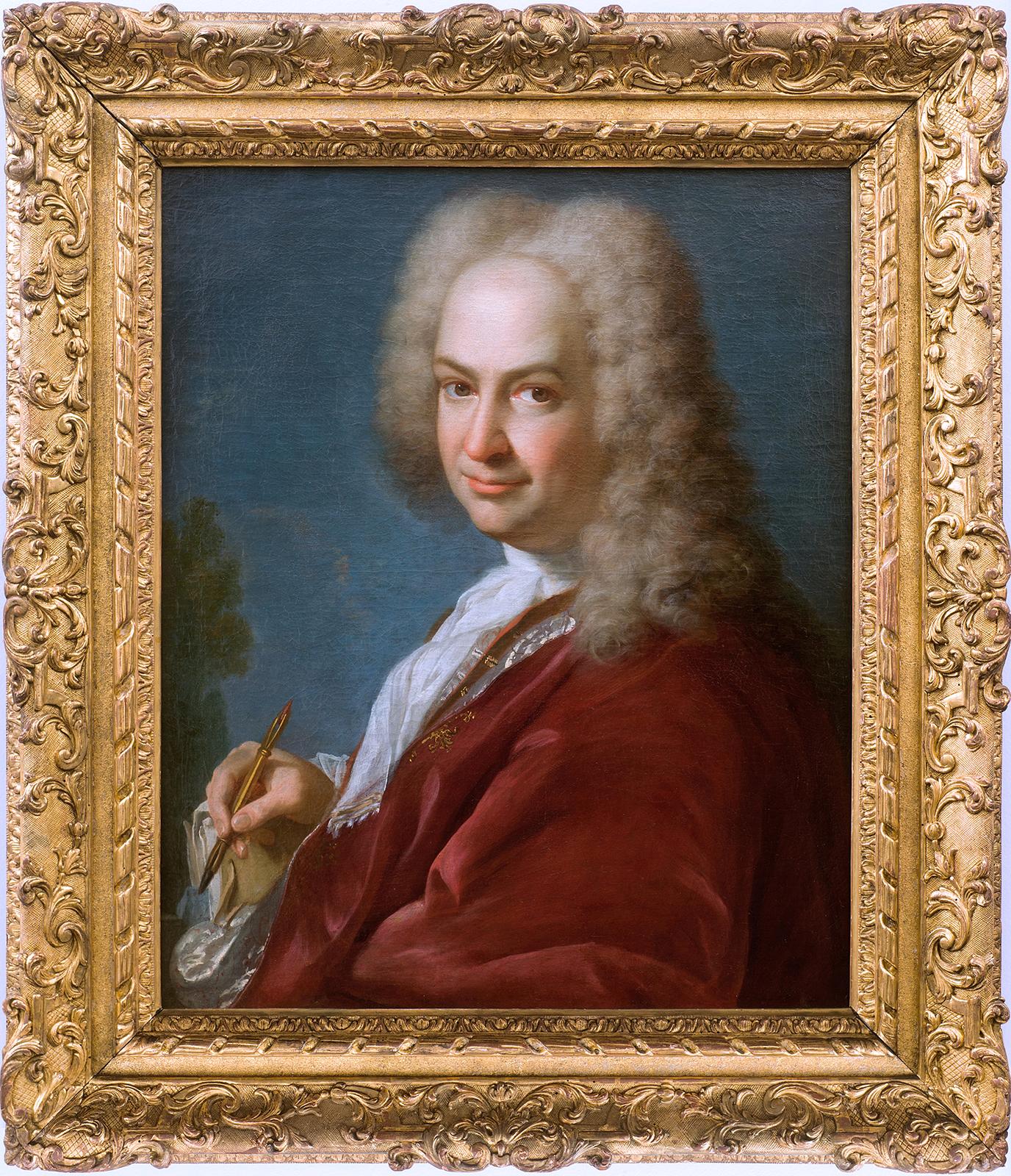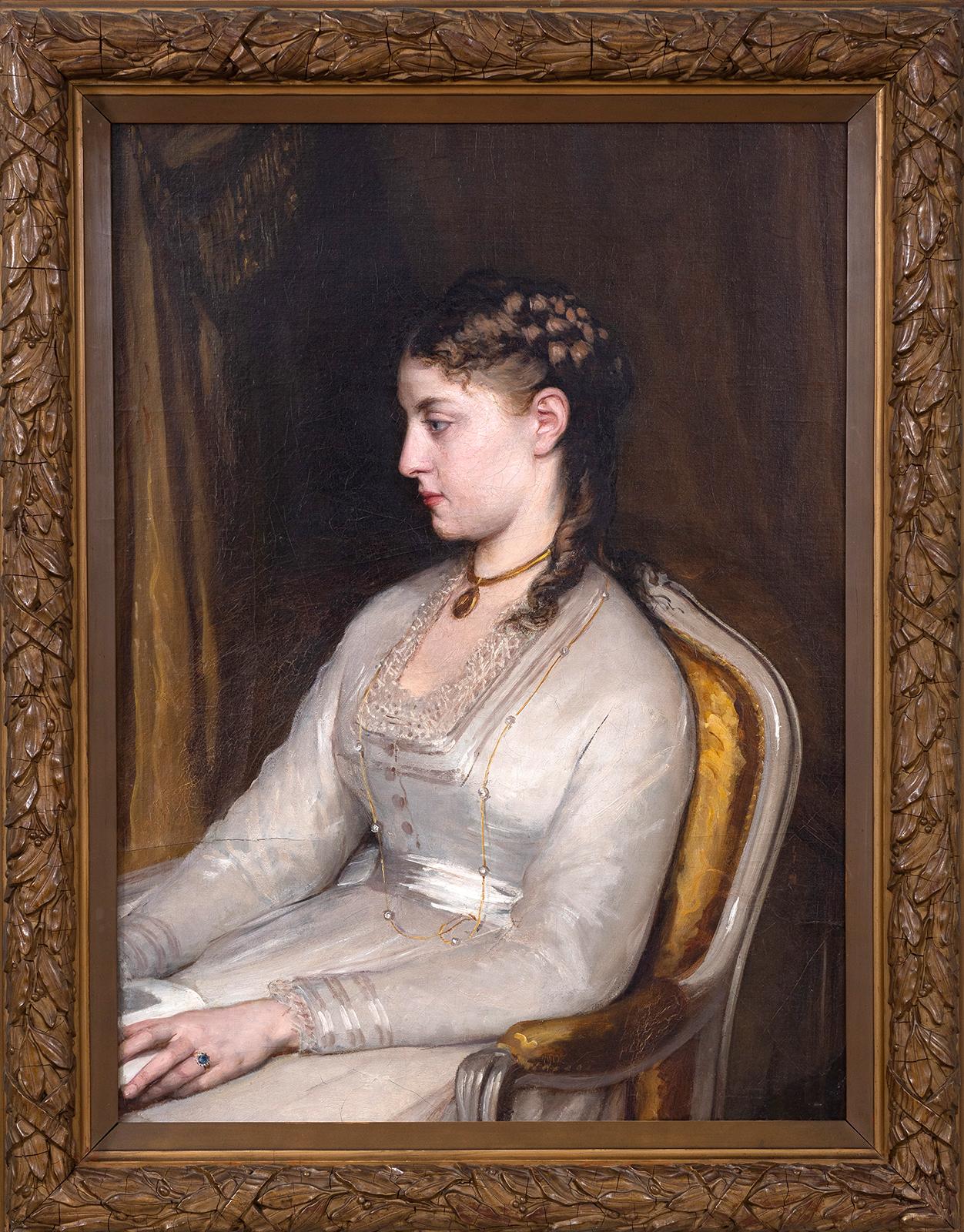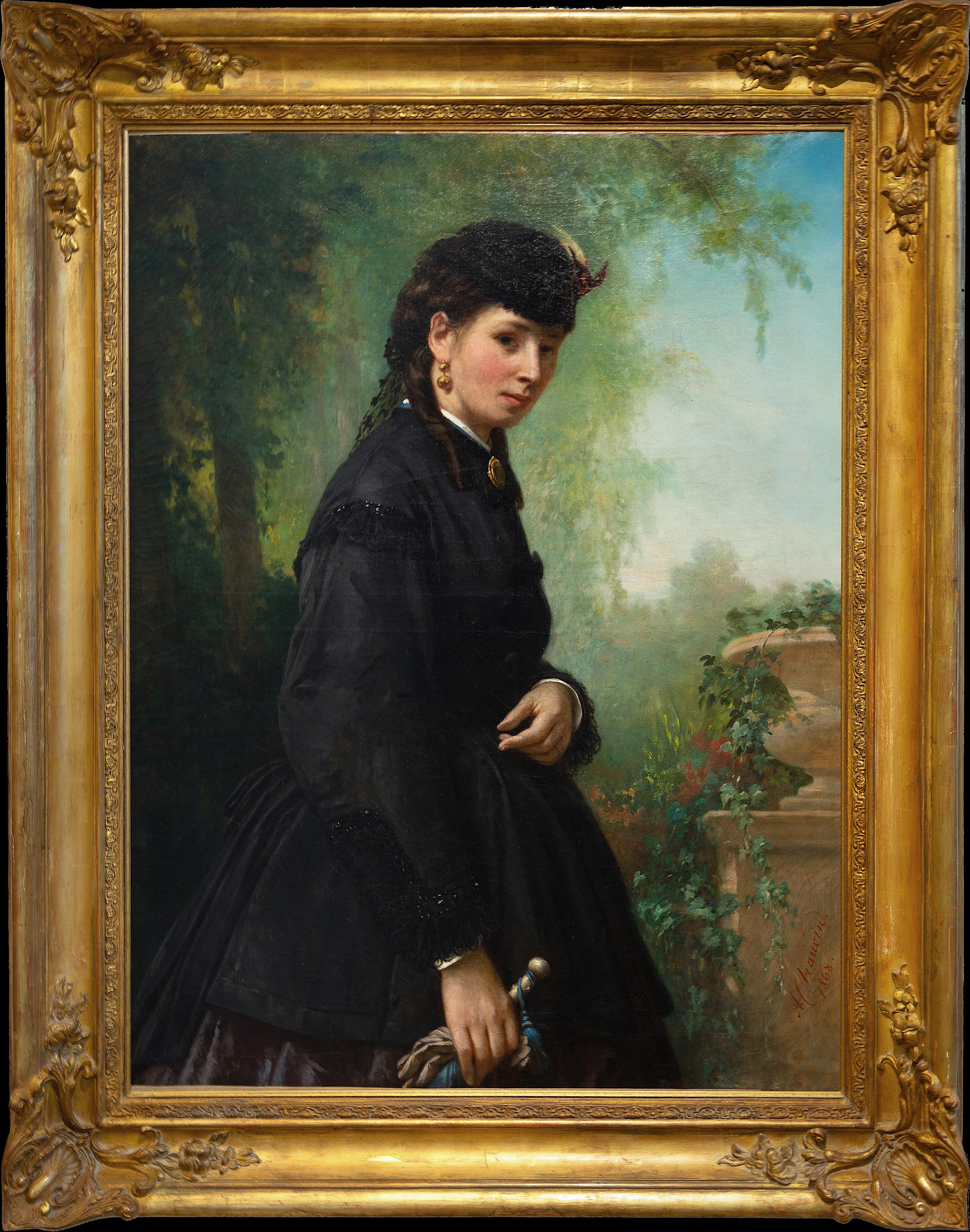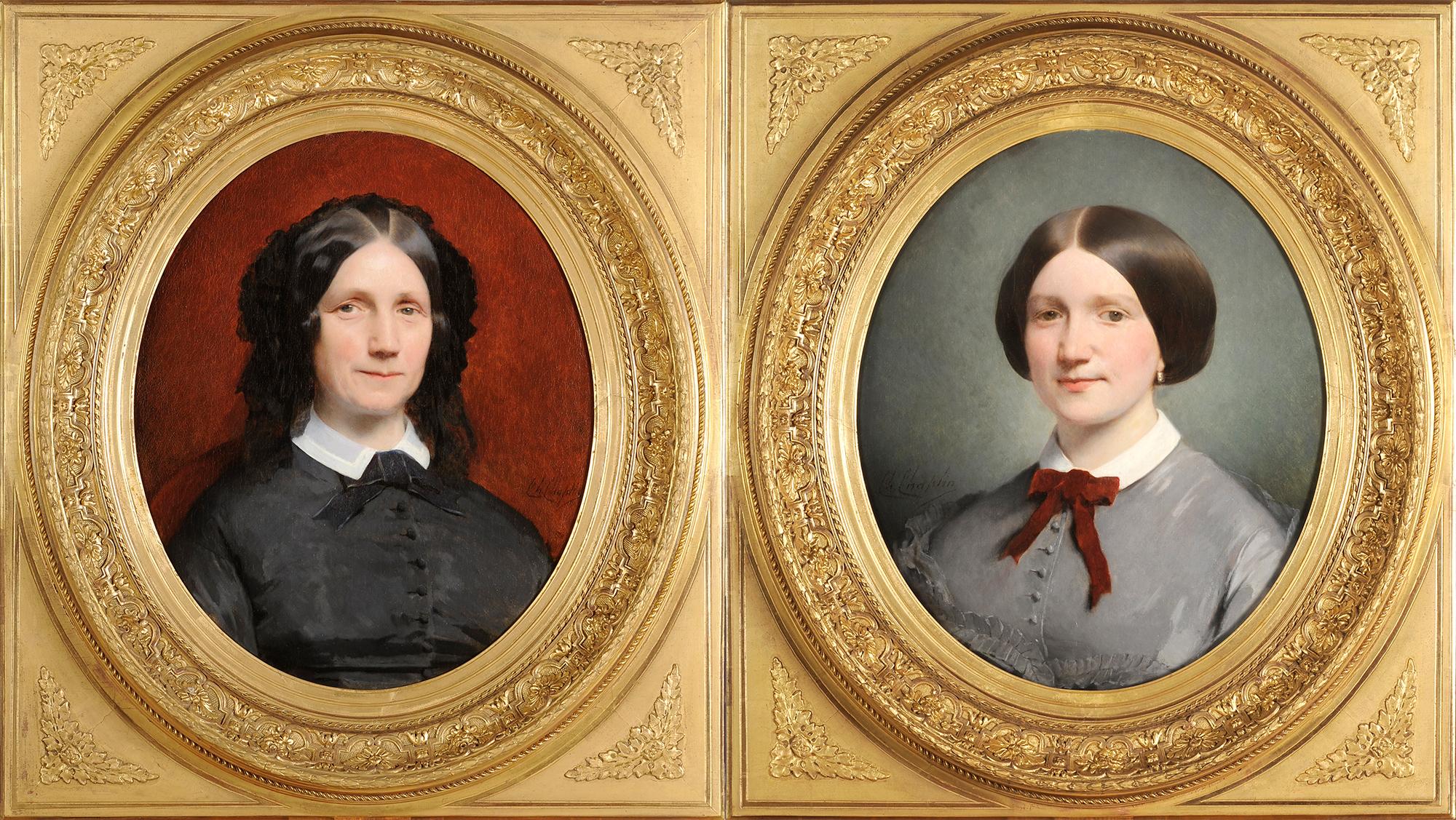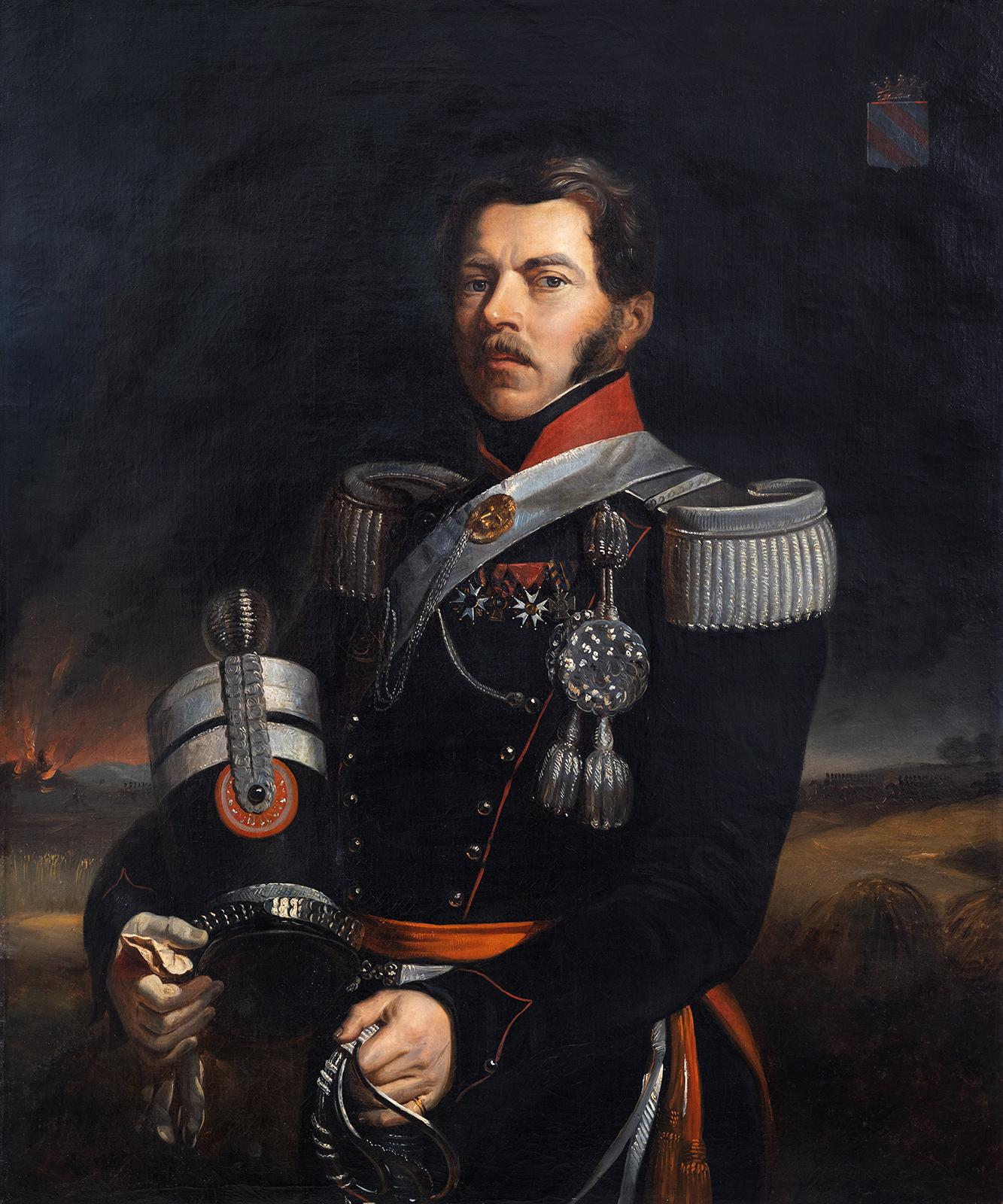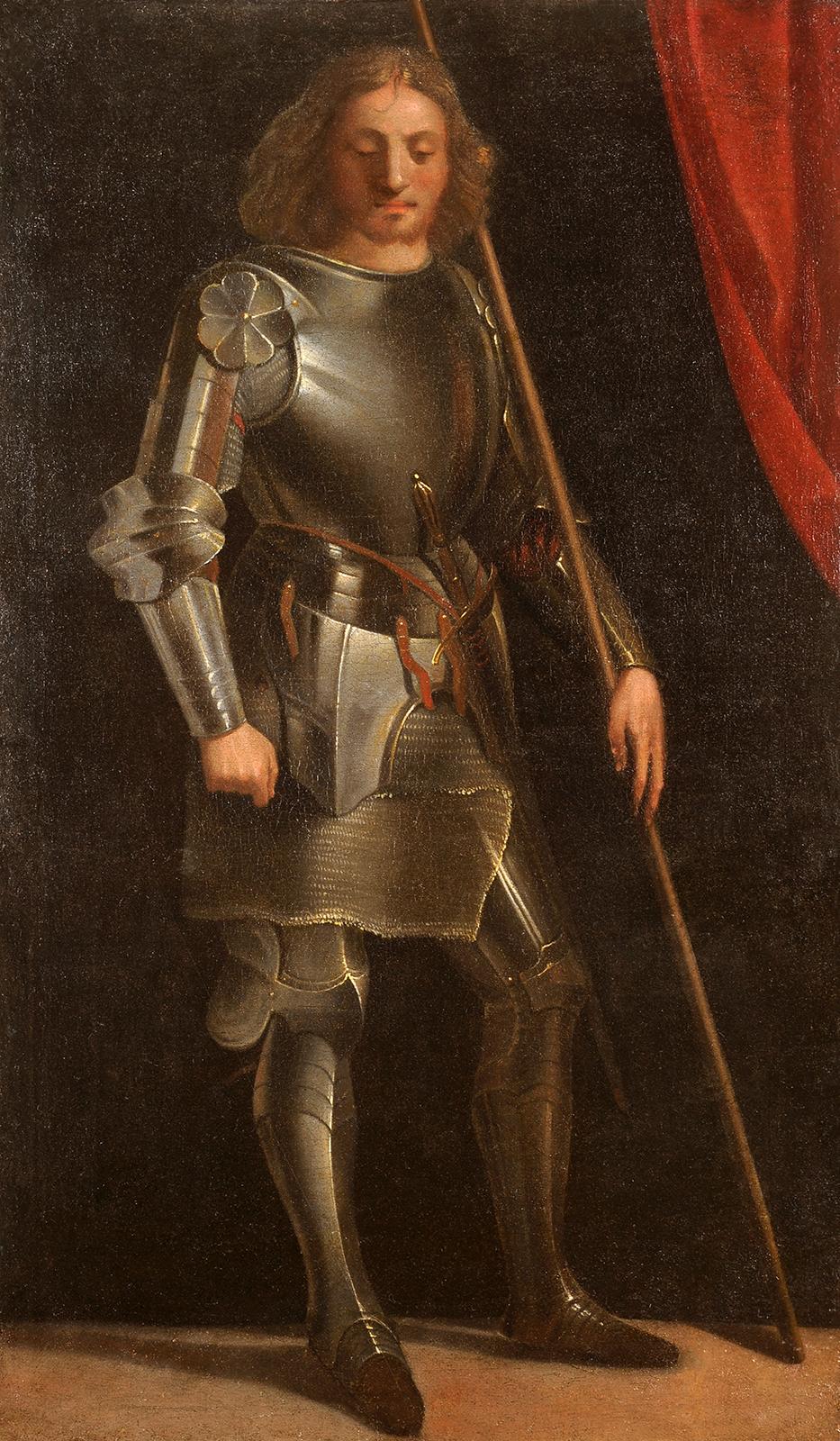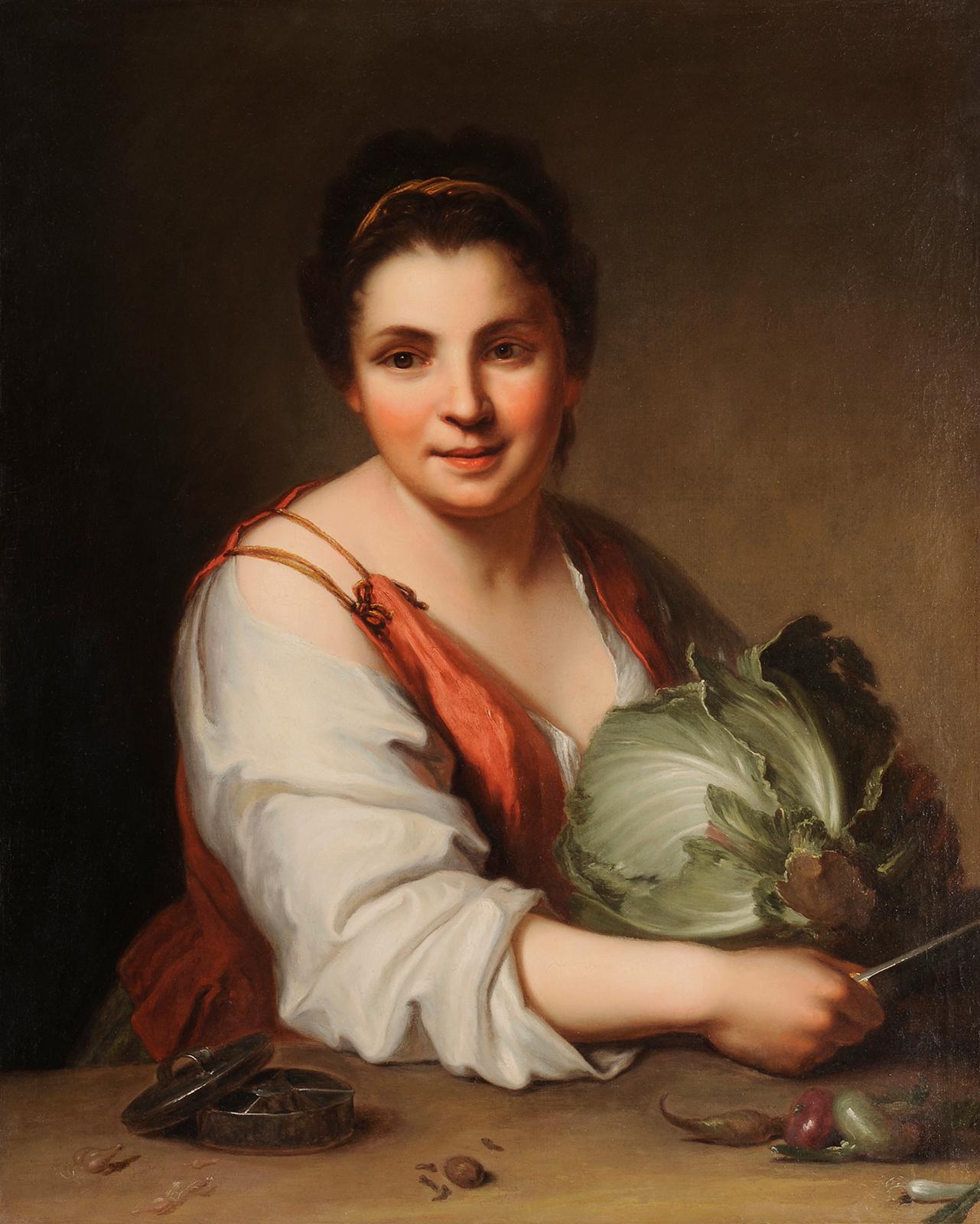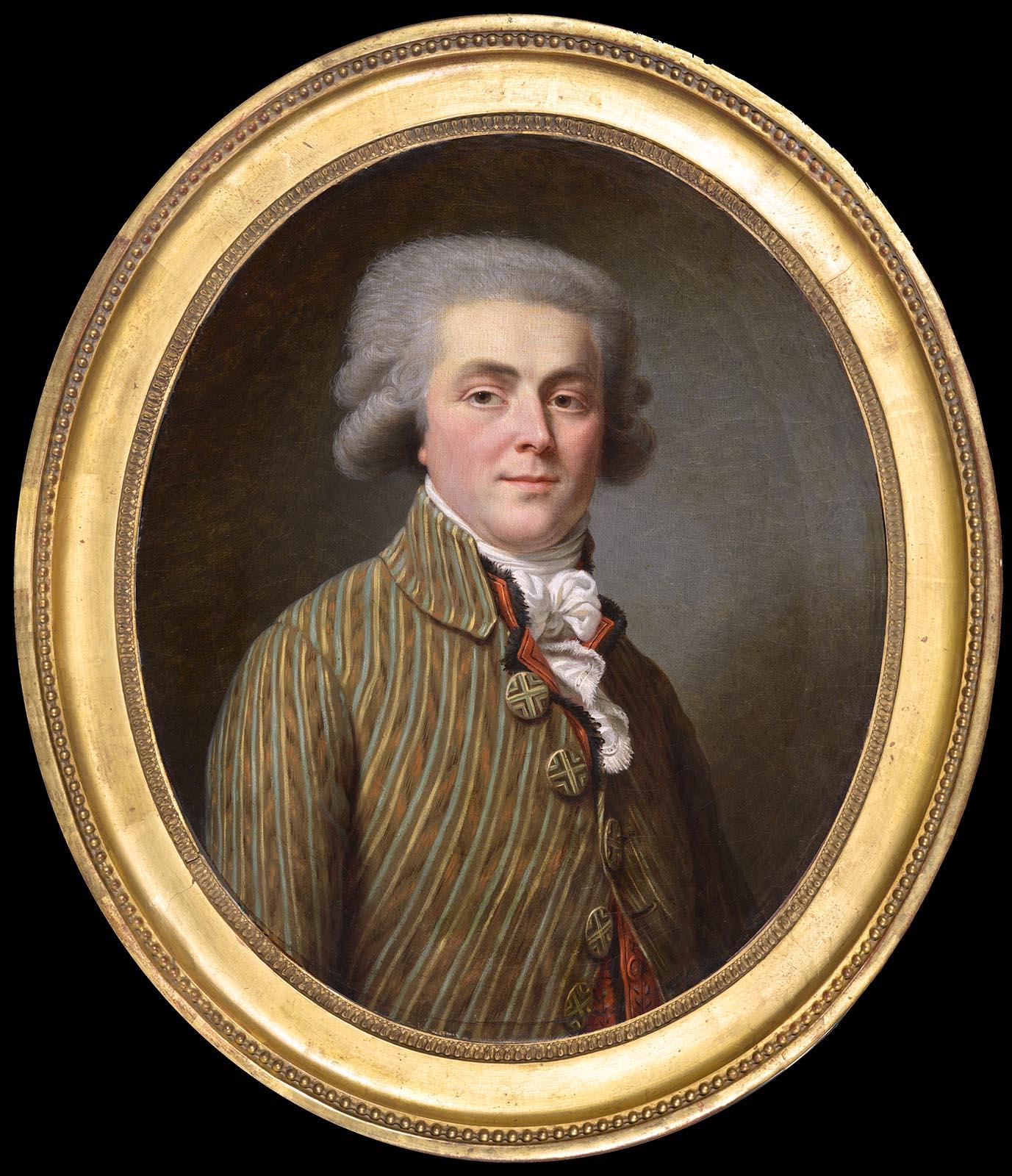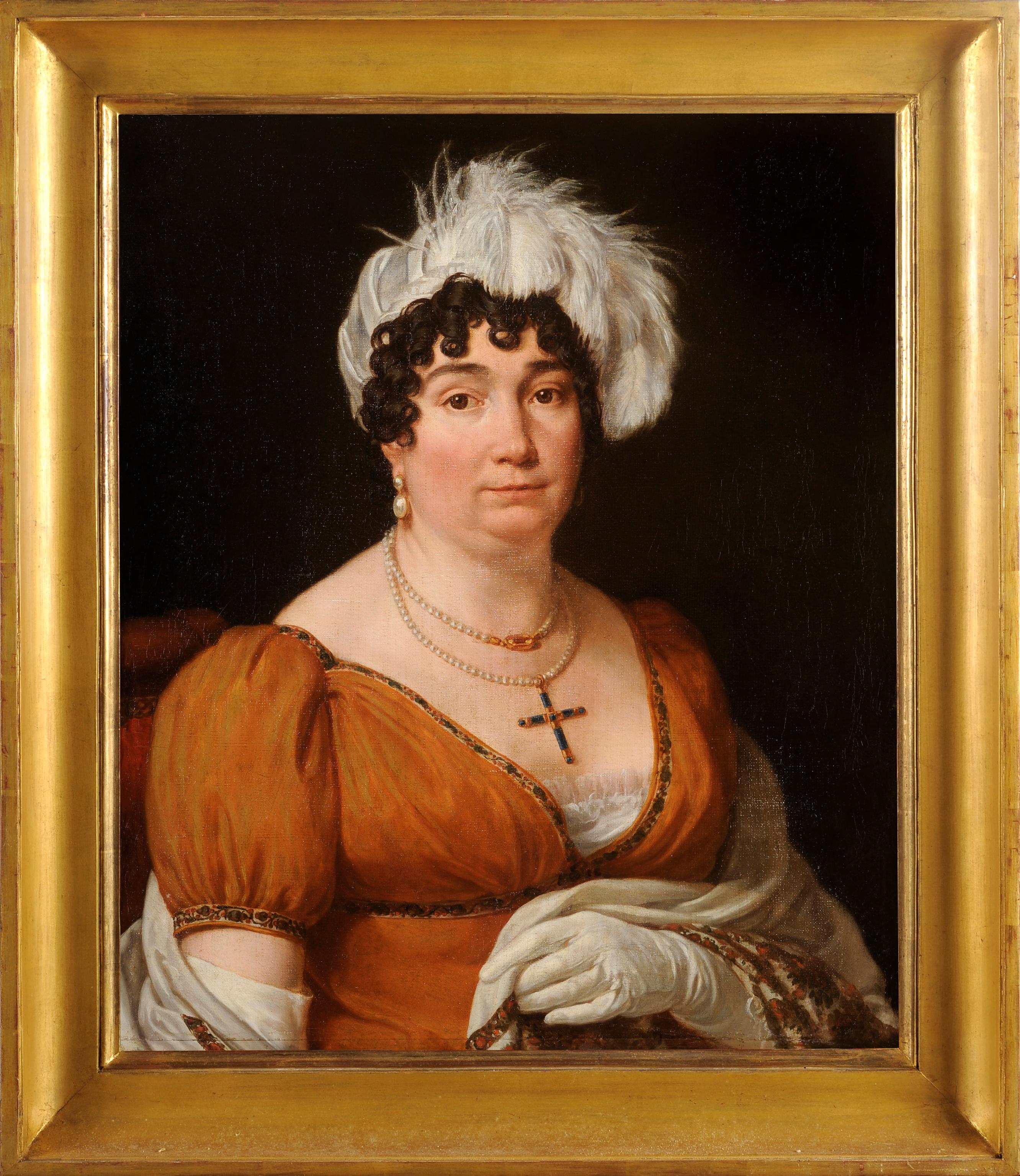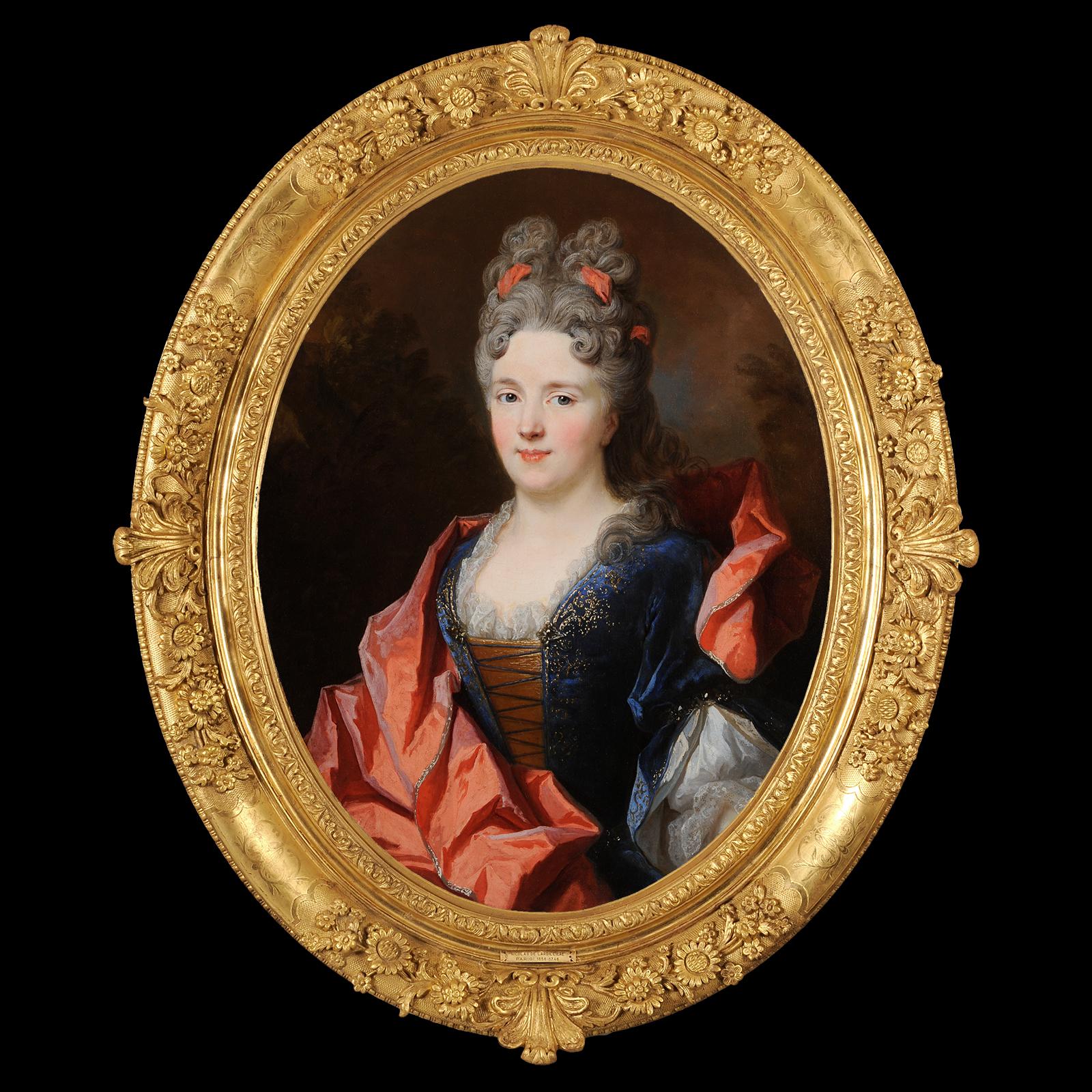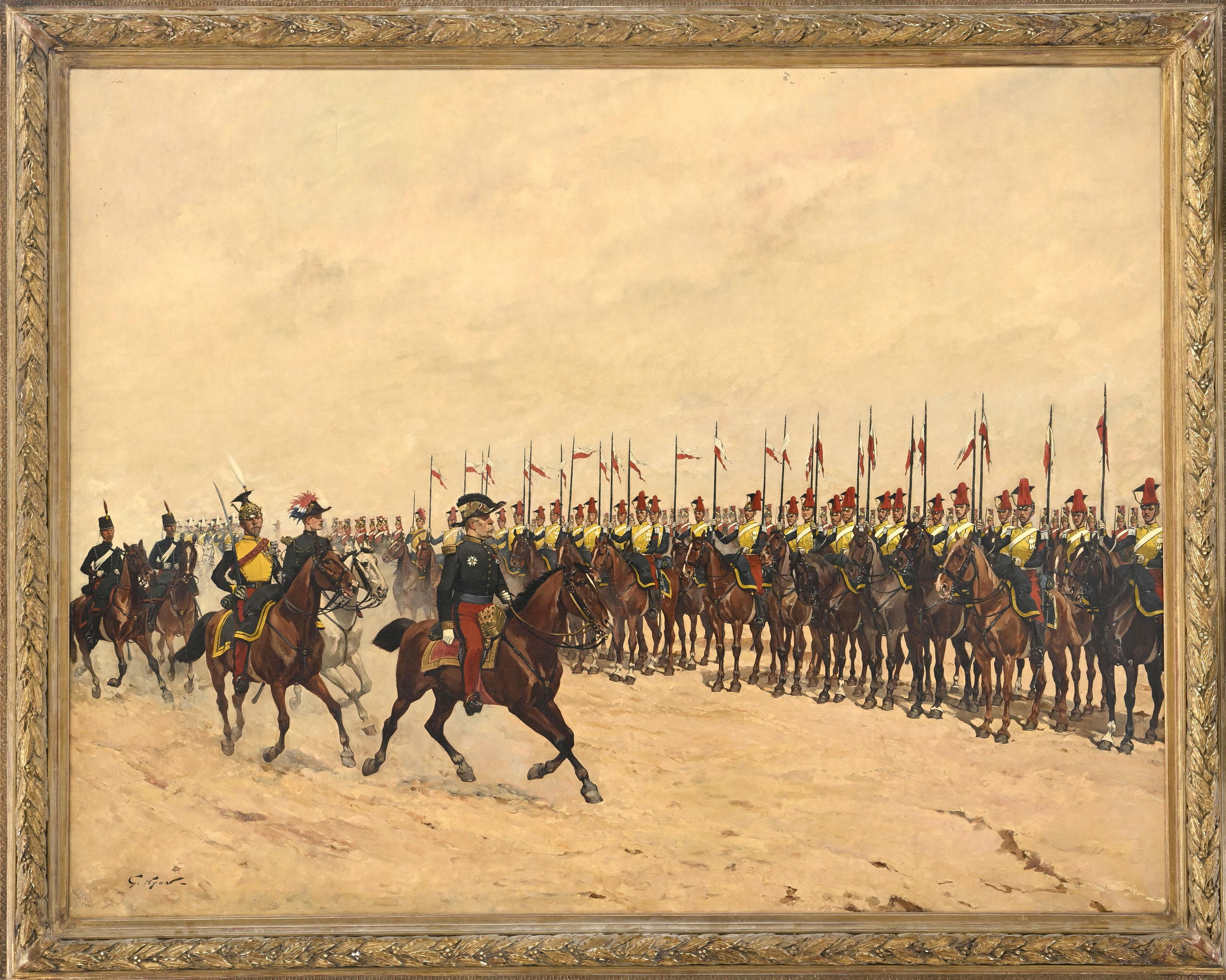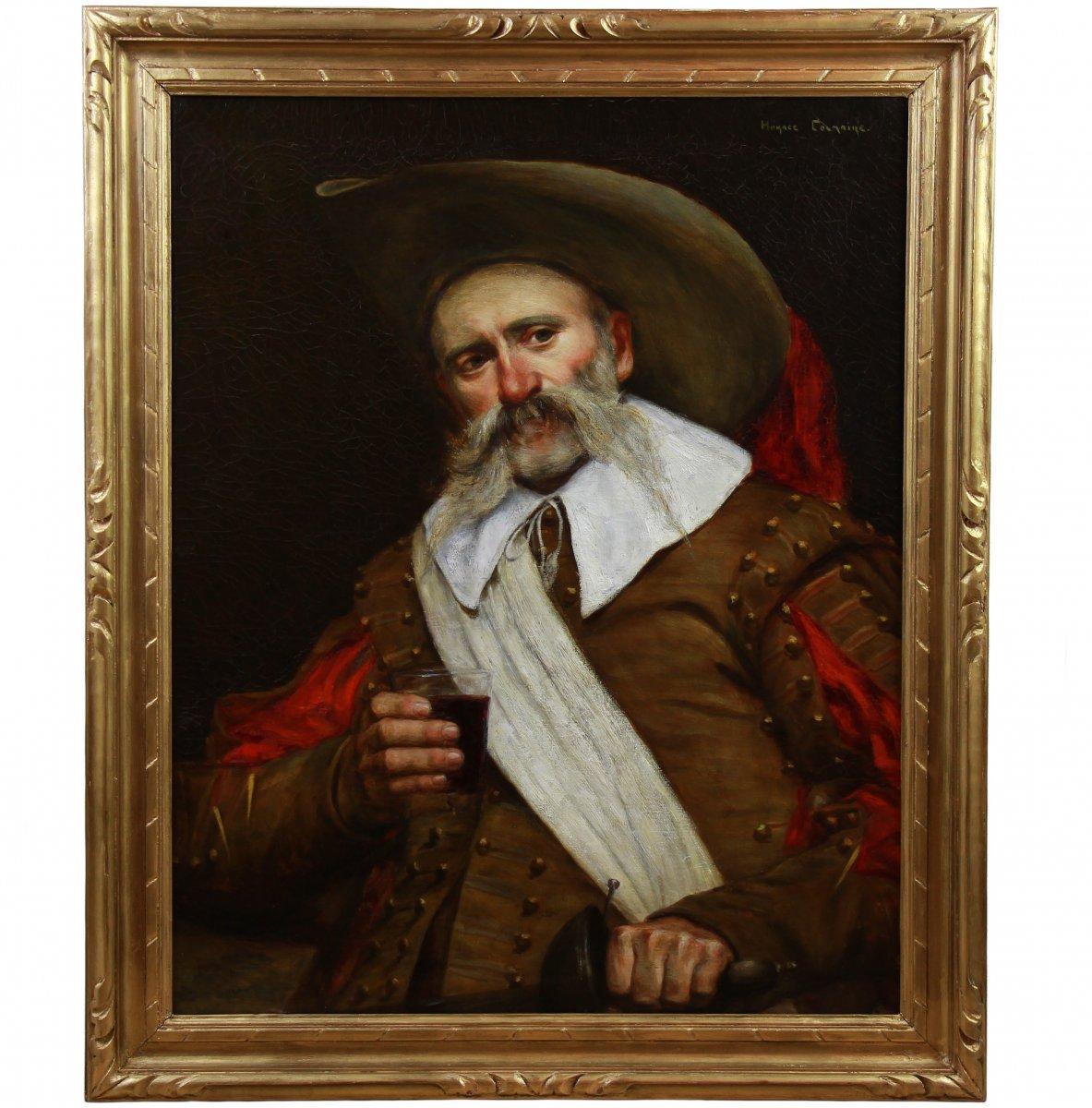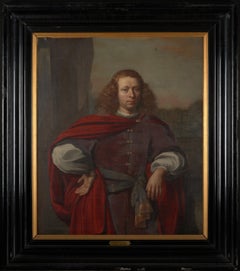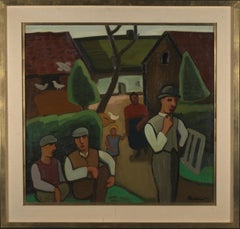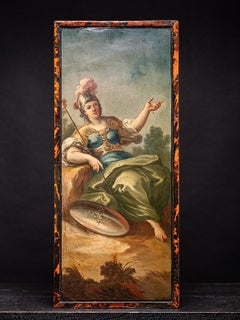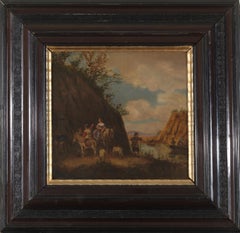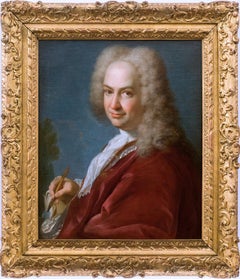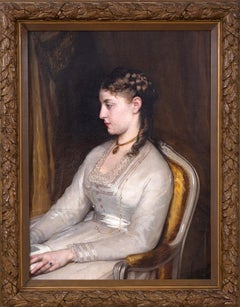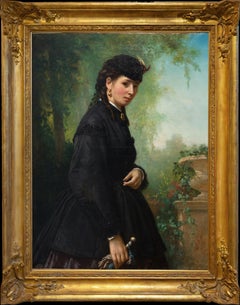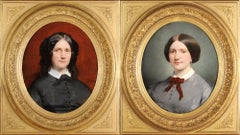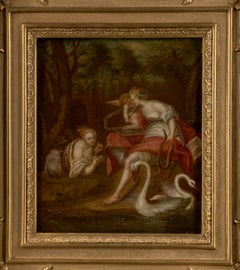
18th C, Baroque style, Mythology, Muses Erato and Euterpe with Amor and Swans
View Similar Items
Want more images or videos?
Request additional images or videos from the seller
1 of 8
Unknown18th C, Baroque style, Mythology, Muses Erato and Euterpe with Amor and SwansUnknown
Unknown
About the Item
- Creation Year:Unknown
- Dimensions:Height: 20.08 in (51 cm)Width: 18.12 in (46 cm)Depth: 3.94 in (10 cm)
- Medium:
- Movement & Style:
- Period:
- Condition:
- Gallery Location:brussel, BE
- Reference Number:Seller: 18101stDibs: LU150928455742
About the Seller
5.0
Vetted Professional Seller
Every seller passes strict standards for authenticity and reliability
1stDibs seller since 2021
15 sales on 1stDibs
Authenticity Guarantee
In the unlikely event there’s an issue with an item’s authenticity, contact us within 1 year for a full refund. DetailsMoney-Back Guarantee
If your item is not as described, is damaged in transit, or does not arrive, contact us within 7 days for a full refund. Details24-Hour Cancellation
You have a 24-hour grace period in which to reconsider your purchase, with no questions asked.Vetted Professional Sellers
Our world-class sellers must adhere to strict standards for service and quality, maintaining the integrity of our listings.Price-Match Guarantee
If you find that a seller listed the same item for a lower price elsewhere, we’ll match it.Trusted Global Delivery
Our best-in-class carrier network provides specialized shipping options worldwide, including custom delivery.More From This Seller
View AllPortrait of a Gentleman in Three-Quarter-Length, attr. Nicolaes Maes
By Nicolaes Maes
Located in brussel, BE
The 39-year-old gentleman had himself portrayed as an aristocrat in an idyllic landscape. At the time, parks and forests were environments associated with the lands and pastimes of t...
Category
17th Century Dutch School Portrait Paintings
Materials
Canvas, Oil
Farming Family on a Sunday Morning, Oil on Canvas. Framed and Signed
Located in brussel, BE
The Namur painter and engraver, Louis Decoeur (1884-1960) became a member of “L’Effort” around 1910. This artist’s association provided a free studio for painters in Brussels, on the...
Category
20th Century Fauvist Figurative Paintings
Materials
Canvas, Oil
Pallas Athéna with lance, shield, helmet and breastplate.Anonymus early 19th C.
Located in brussel, BE
After Athena was born fully armed from Zeus' forehead, Triton, acting as a foster parent to the goddess, raised her alongside his daughter, Pallas. The sea god taught both girls the ...
Category
Early 19th Century Figurative Paintings
Materials
Oil, Panel
17th C Landscape with Noblewoman and Squire, Dutch Shool, Oil on Copper, Framed
Located in brussel, BE
This charming bucolic landscape bathes in a soft yellow light. A lady on horseback, accompanied by a boy on a donkey, stops near a shepherd. The herd looks at two fishers and quietly...
Category
17th Century Land Figurative Paintings
Materials
Oil
17th C, Baroque, Flemish School, Saint Francis in Ecstasy.Oil on oak panel.
Located in brussel, BE
During the Counter-Reformation, the traditional cult of saints was encouraged, and spiritual exercises were recommended to come closer to God. In the pai...
Category
17th Century Baroque Portrait Paintings
Materials
Oil
17th C., Baroque, Genre Painting, Stop of the Travelers
Located in brussel, BE
As the Dutch painter Philips Wouwerman often did, this artist painted travellers stopping at an inn or a farm. One of the men got off his horse to urinate against the facade of the building. The motif of a peeing man was far from an exception in Dutch genre paintings...
Category
17th Century Baroque Figurative Paintings
Materials
Canvas, Oil
You May Also Like
Presumed artist self-portrait
Located in BELEYMAS, FR
Louis-Gabriel BLANCHET
(Versailles, 1701 – Rome, 1772)
Presumed self-portrait of the artist
Oil on canvas
H. 73 cm; W. 60 cm
Circa 1730
Originally presented in a Restoration period frame with a "Mignard" cartouche, this beautiful painting initially appeared to us as a work from northern Italy. However, it exuded a rather French form of refinement, suggesting that its artist may have assimilated a dual influence from both sides of the Alps.
We thank our colleague and friend Philippe Mendès for spontaneously and judiciously "bringing out" the name of Louis-Gabriel Blanchet, a Romanized French portraitist, whose spirit and stylistic characteristics we clearly recognize here.
Blanchet's "French" years, before his final departure for Rome in 1728, following his winning of the second Grand Prix for painting after Subleyras in 1727, are extremely poorly documented. His father, Gabriel, was valet to Blouin, himself Louis XIV's first valet at the time. According to Thierry Lefrançois, Blanchet was one of the few students of Nicolas Bertin (1667-1736), whose studio he is said to have joined in the early 1720s. At a baptism on March 24, 1724, where he was godfather, he is mentioned as a painter in the picture store of the Duke of Antin, the director of buildings between 1708 and 1736. At this time, he was probably already married to Jeanne Quément, with whom he had a daughter also named Jeanne, who would marry Nicolas Aviet, the son of a valet in the queen's wardrobe, in Versailles in 1738.
When Blanchet arrived in Rome in October 1728, he was accompanied by Subleyras, Trémolières, and Slodtz. He enjoyed the goodwill of Vleughels, the director of the Académie de France, which had been based at the Palazzo Mancini since 1725, even though the latter was not always kind to our resident. From 1732, he was under the protection of the Duke of Saint-Aignan when he took up his post as ambassador to Rome. Along with Slodtz and Subleyras, they formed a trio of friends, joined by Joseph Vernet shortly after his arrival in Rome in 1734. Slodtz and Blanchet, on the occasion of Subleyras's marriage in 1739, were there to attest that their friend was not bound by any marital commitment, and Blanchet was a witness at Vernet's wedding in 1745.
It is most likely from these early years in Rome that our portrait of the artist dates, the expression and turn of his face irresistibly reminiscent of a self-portrait. The still relatively youthful features may correspond to Blanchet's thirty-something years, and the fluffy wig was still fashionable at this time.
The painting fits well with the depiction of a young painter wanting to display both the beginnings of success and a certain simplicity or restraint. A slight smile expresses a form of assurance in this man with a gentle, sincere gaze and a face radiating a keen sense of wit. We find here the air of intimacy present in almost all of Blanchet's portraits, even those from the 1750s and 1760s, as well as an almost complicity with the viewer. The spirit of the painting is quite close to that of the presumed portrait of Bouchardon (painted around 1730) and the portrait of Pannini, painted in 1736, but it possesses a more natural quality, notably thanks to the absence of decorum. Our work exhibits the characteristics of Blanchet's paintings: elegance, luminosity (especially in the whites), vibrant and refined colors (here, the harmony of the garnet of the garment and the slate blue of the background, whose uniformity is tempered by a very sketched landscape and a grove of greenery), light complexions, rather rosy cheekbones, often full lips, and rather tight framing.
According to the Academy's rules, Blanchet's stay should have ended in the spring of 1732, but, for reasons unknown, he remained in the Eternal City until his death, as did his friend Subleyras, with whom he shared accommodation until the late 1730s. The latter regularly called upon him to collaborate on his paintings, such as The Meal at Simon's. Through Saint-Aignan's intervention, Blanchet was employed in the late 1730s by the Stuart princely family, then exiled in Italy. He notably produced copies (now lost) after Liotard of the portraits of Charles Edward and Henry Benedict, the sons of James III Stuart. The latter also commissioned three other portraits (now in the National Portrait Gallery in London), whose more formal character contrasts with the intimate spirit of Blanchet's portraits. Blanchet frequented English painters, such as the landscape painter Richard Wilson, and studied with the Scottish portraitist Katherine Read...
Category
1730s French School Portrait Paintings
Materials
Oil, Canvas
Portrait of young women reading
Located in BELEYMAS, FR
French school circa 1880
Young woman reading
Oil on canvas
H. 86 cm; W. 64 cm
Category
1880s French School Portrait Paintings
Materials
Canvas, Oil
Portrait of Coraline - Belgian women
Located in BELEYMAS, FR
Auguste Adolphe CHAUVIN
(Liege, 1810 – Liege 1884)
Portrait of Coraline
Oil on canvas
Signed and dated lower right
91 x 68cm
1868
Auguste Adolphe Chauvin, born in Liège on October 2...
Category
1860s French School Portrait Paintings
Materials
Canvas, Oil
Women portraits from Napoleon III period
By Charles Chaplin
Located in BELEYMAS, FR
Charles CHAPLIN
(Les Andelys 1825 – Paris, 1891)
Portraits of women
Pair of oils on rectangular canvases
H. 60 cm; L. 50 cm
Signed
Student of Michel Martin Drolling at the École des...
Category
1850s French School Portrait Paintings
Materials
Canvas, Oil
Portrait of baron de Roisin - Gendarmerie general
Located in BELEYMAS, FR
Flemish school of the 19th century
Armorial portrait of Baron Henri de ROISIN (1787-1846)
in the uniform of a general of the gendarmerie (1835)
Oil on canvas
H. 108 cm; W. 90 cm
Bar...
Category
1830s French School Portrait Paintings
Materials
Canvas, Oil
Study of a man in armor
Located in BELEYMAS, FR
THE IMITATOR OF GIORGIONE
(France or Italy, early 17th century)
Study of a Man in Armour
Oil on canvas in two pieces with a seam towards the bottom (re-lined in the 20th century)
H. ...
Category
1610s French School Portrait Paintings
Materials
Canvas, Oil
